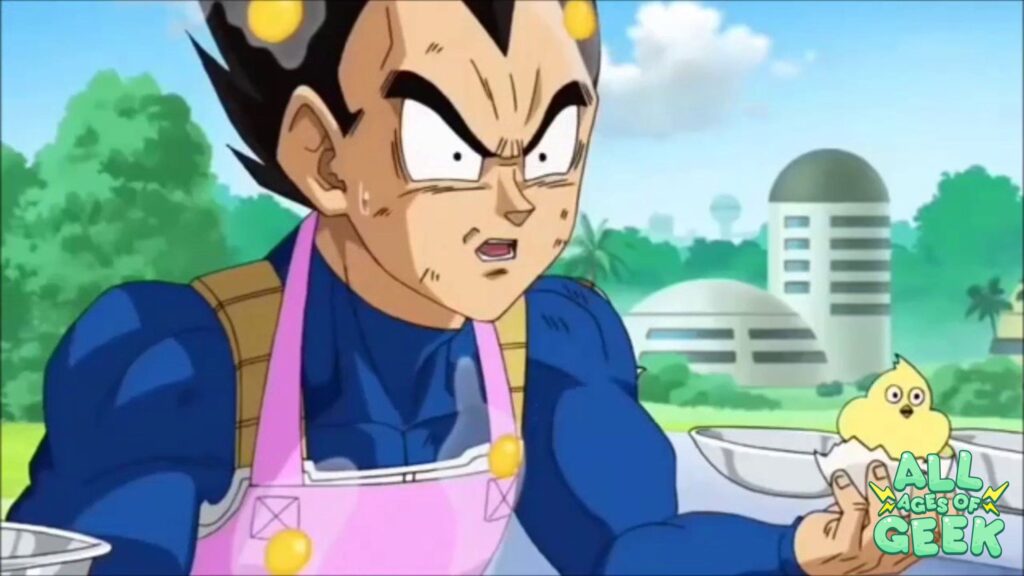“Dragon Ball Super” (DBS) continues the epic saga of the “Dragon Ball” universe, but it has also introduced a level of complexity to the series’ canon that has left many fans scratching their heads. The confusion surrounding what is considered ‘canonical’ in the DBS universe is multifaceted, stemming from a variety of sources, ranging from the original manga’s progression to the involvement of different creators and media forms. Let’s explore the factors that contribute to the perplexing nature of the DBS canon.
Multiple Media Forms and Storytellers
Unlike “Dragon Ball Z” (DBZ), which followed a relatively linear storyline closely adapted from Akira Toriyama’s manga, DBS has multiple narratives running concurrently across different media. There’s the DBS anime, the manga version illustrated by Toyotarou with Toriyama’s oversight, and the various movies, each with slight variations in storylines and character development. This divergence creates discrepancies that challenge the notion of a single, unified canon.
The Anime-Manga Dichotomy
The DBS manga and anime started around the same time but have significant differences in their story arcs and how events unfold. The anime often expanded on ideas that were only briefly touched upon in the manga or introduced completely new elements. For instance, the manga skipped the “Resurrection ‘F'” arc covered in the anime, assuming the audience was familiar with the events from the movie. These inconsistencies make it difficult to determine which version takes precedence in the overarching storyline.
The Role of Akira Toriyama
Akira Toriyama, the original creator, is less directly involved with DBS than he was with DBZ. His role is more akin to providing the overarching plot points for others to flesh out. This has led to scenarios where the interpretation of his plot outlines by the anime staff and Toyotarou can differ, resulting in two distinct versions of the same story.
Movies vs. Series
The “Dragon Ball” movies have historically been considered non-canon, existing in separate continuities. However, DBS complicates this with movies like “Dragon Ball Super: Broly,” which are integrated into the main storyline. The movie is acknowledged by both the anime and manga, blurring the lines of what’s canon.
Retconning and Continuity Adjustments
DBS has also retconned certain aspects of the DBZ story. For example, the power scaling of characters has seen adjustments, and the introduction of multiverse concepts has retroactively altered the understanding of previously established lore.
The Introduction of the Multiverse
The introduction of multiple universes in the “Tournament of Power” arc expanded the scope of the “Dragon Ball” narrative but also increased the complexity of its canon. With different timelines and universes at play, keeping track of the canonical events becomes a daunting task.
The canon of “Dragon Ball Super” is confusing due to the convergence of different storytelling mediums, varying interpretations by creators, and the evolving nature of its expansive universe. While this may be perplexing for fans seeking a cohesive narrative, it also allows for a broader and more dynamic exploration of the world Toriyama created. This approach to storytelling ensures that “Dragon Ball” remains a living, evolving series that can surprise and captivate audiences with new adventures and possibilities. Whether fans choose to follow the anime, the manga, or both, “Dragon Ball Super” continues to endure legacy and appeal of the “Dragon Ball” saga.










